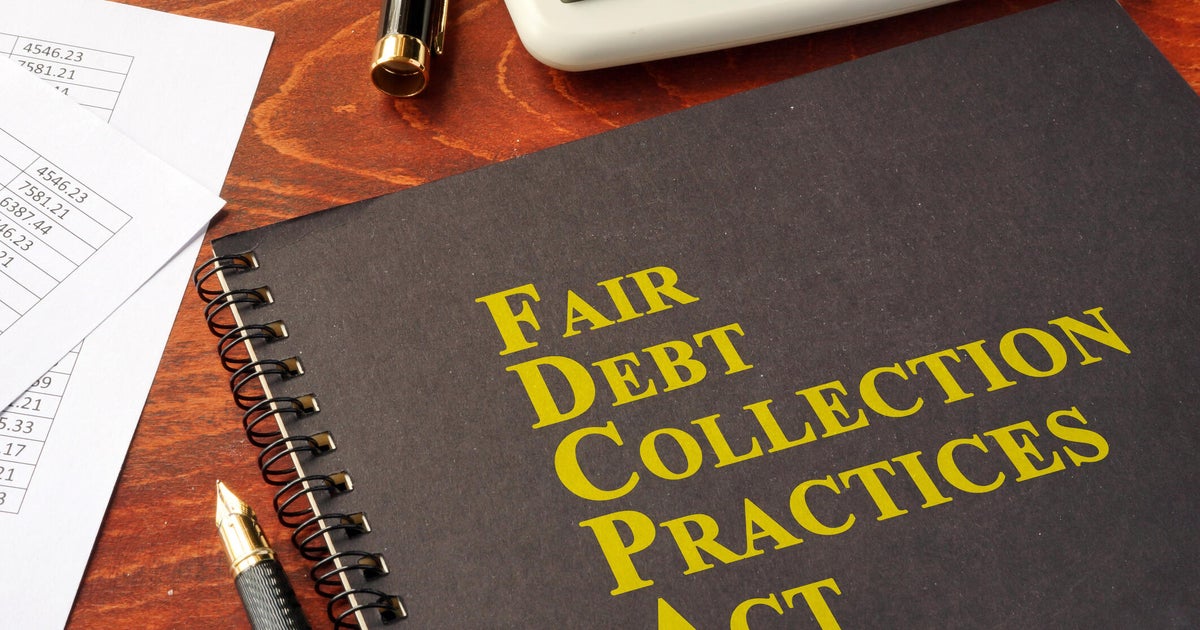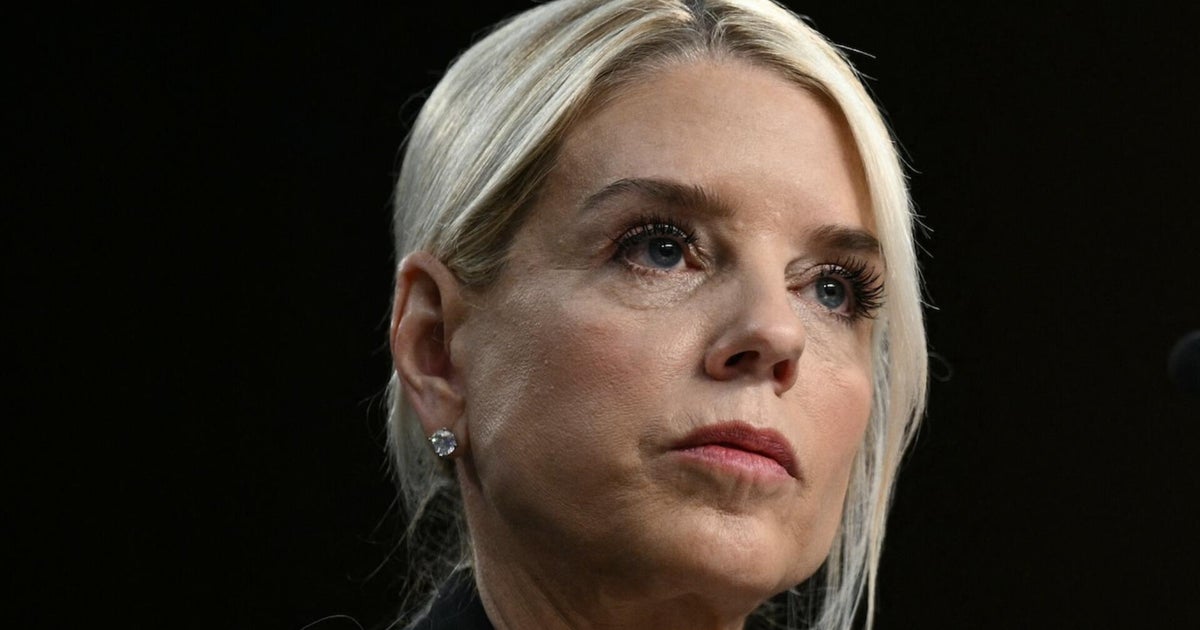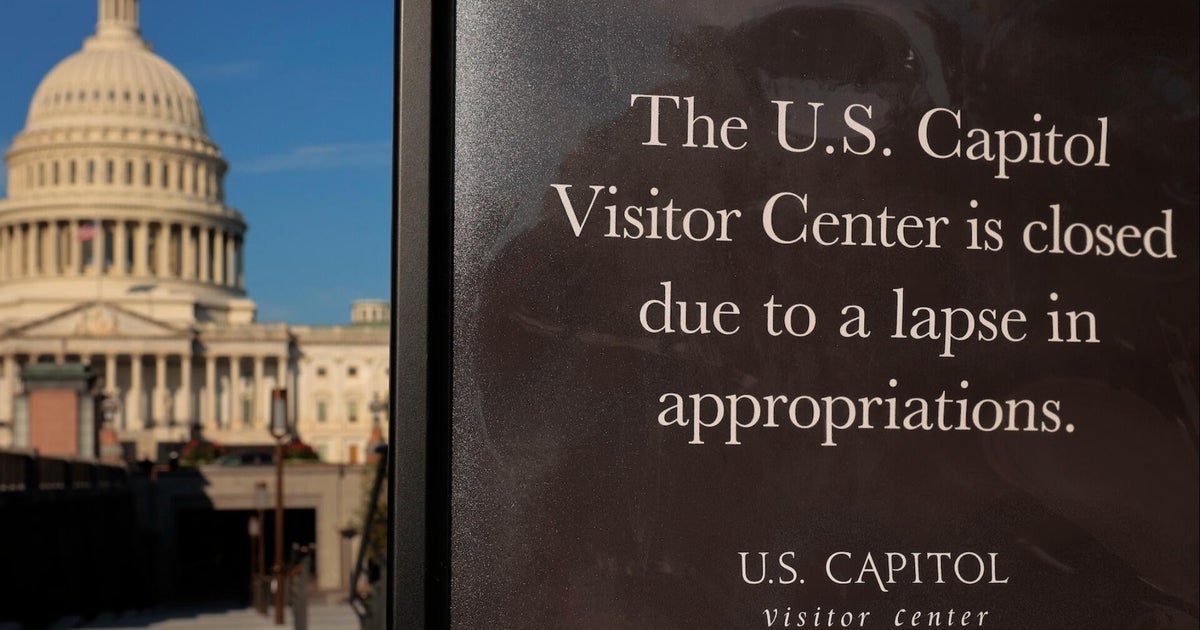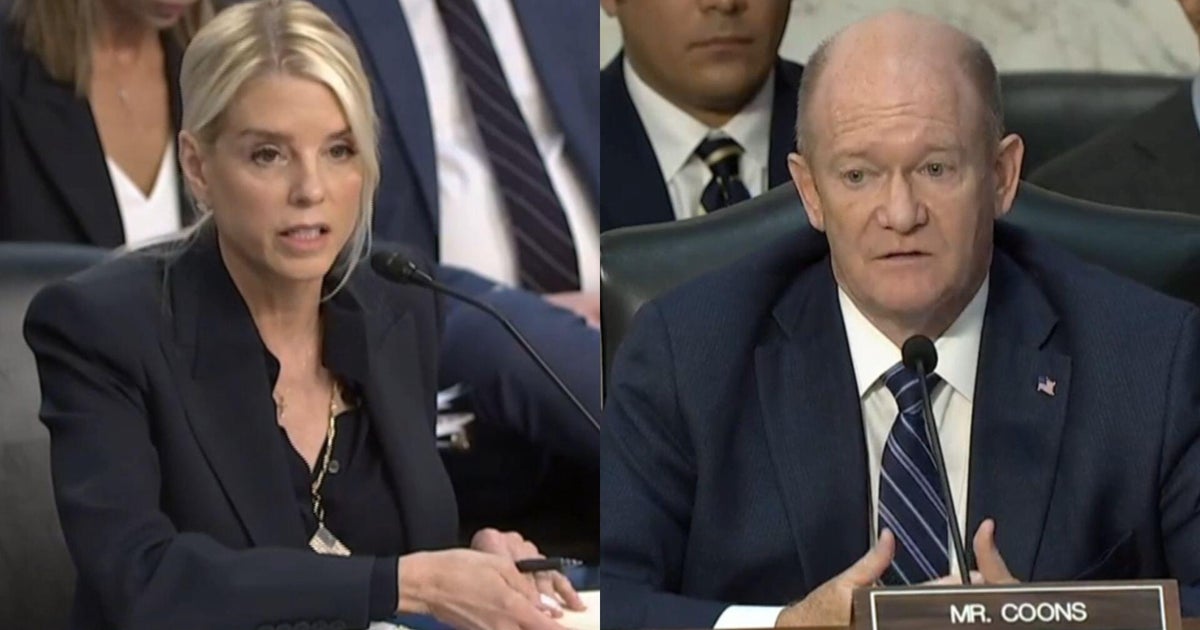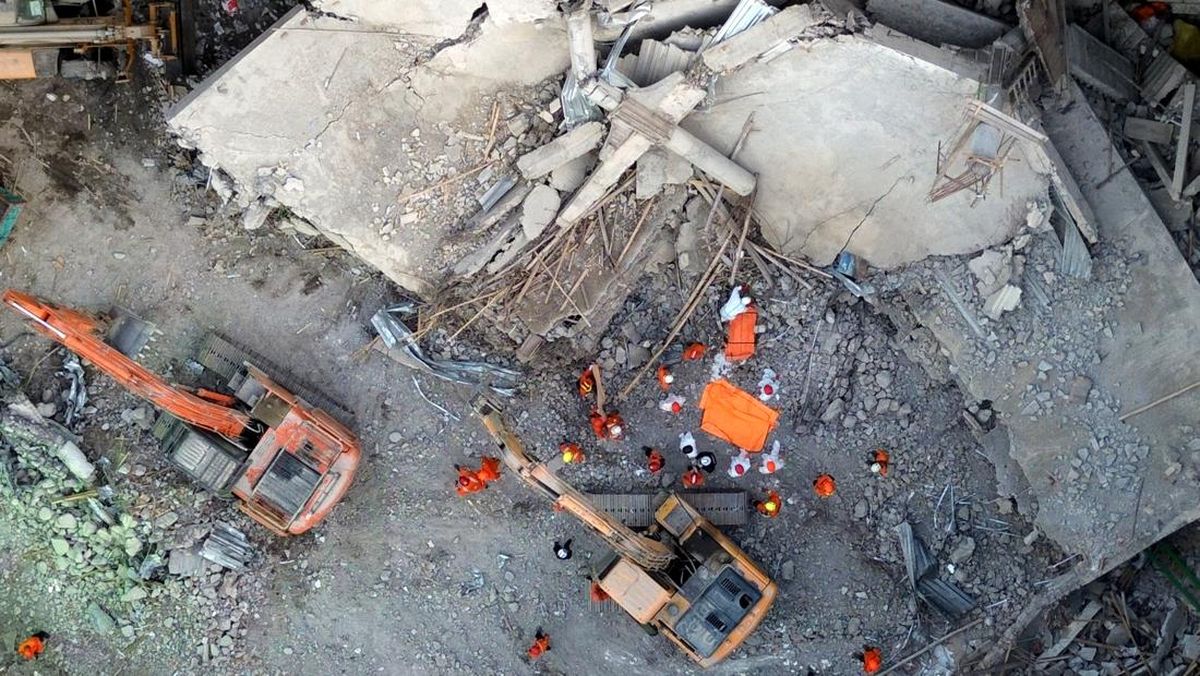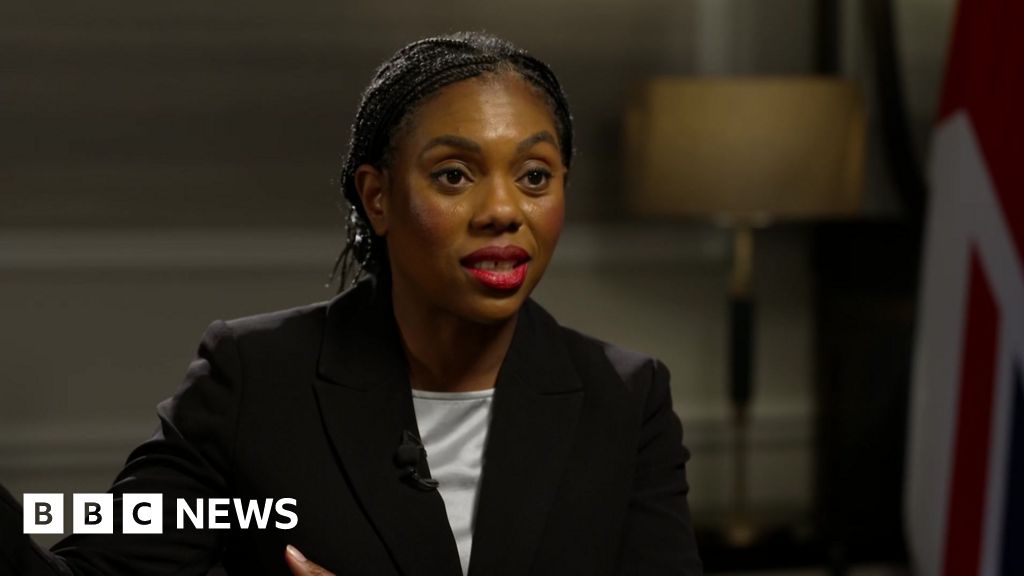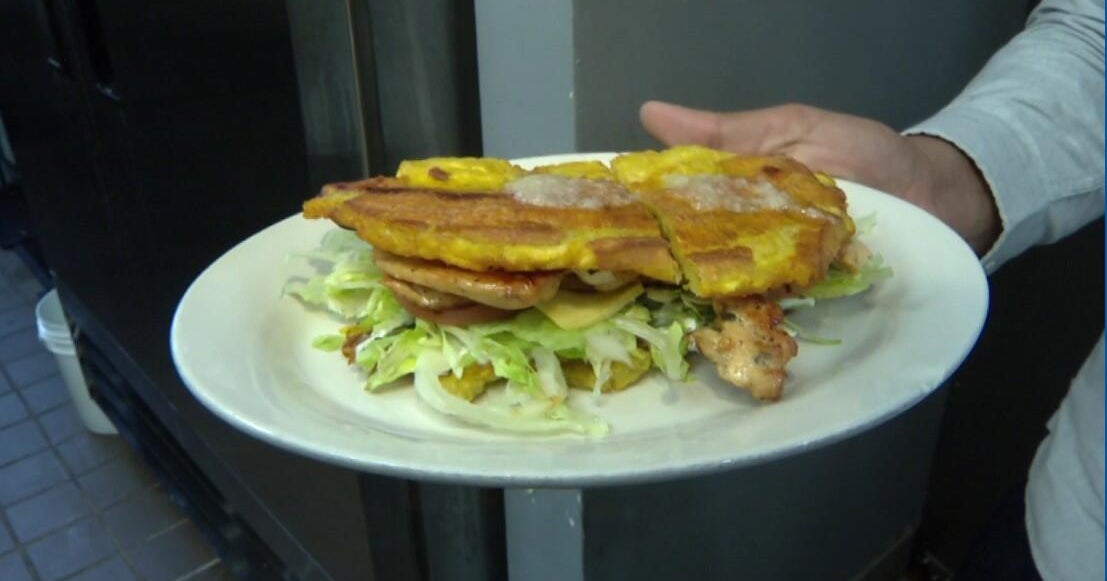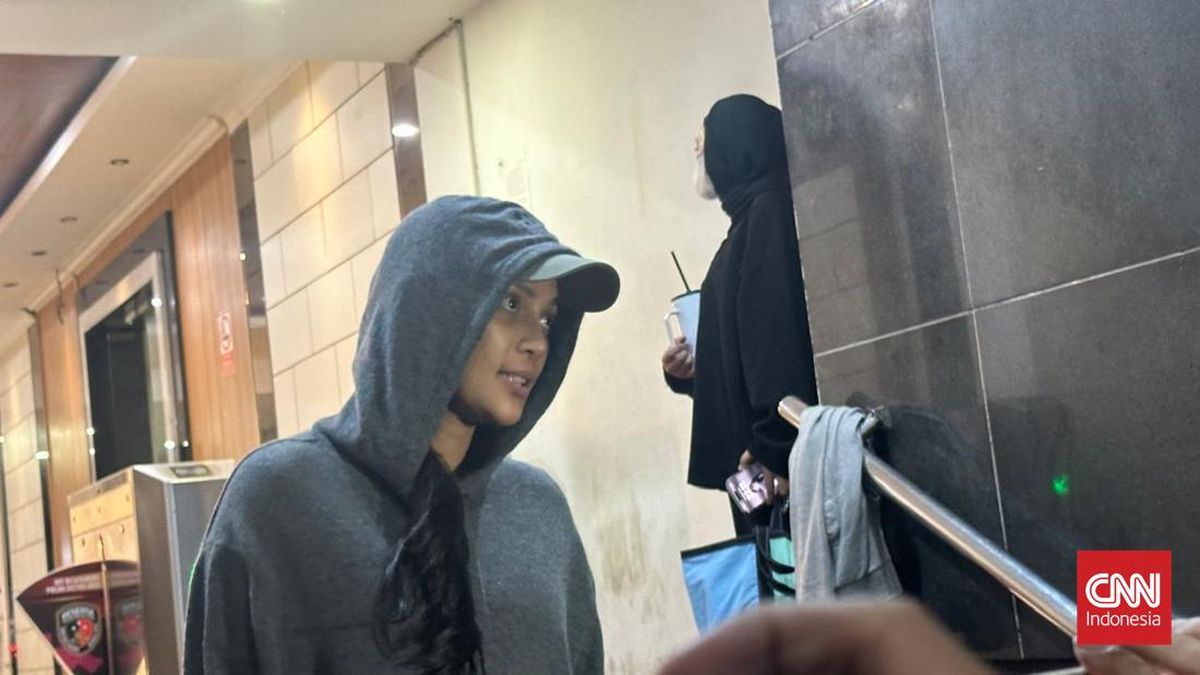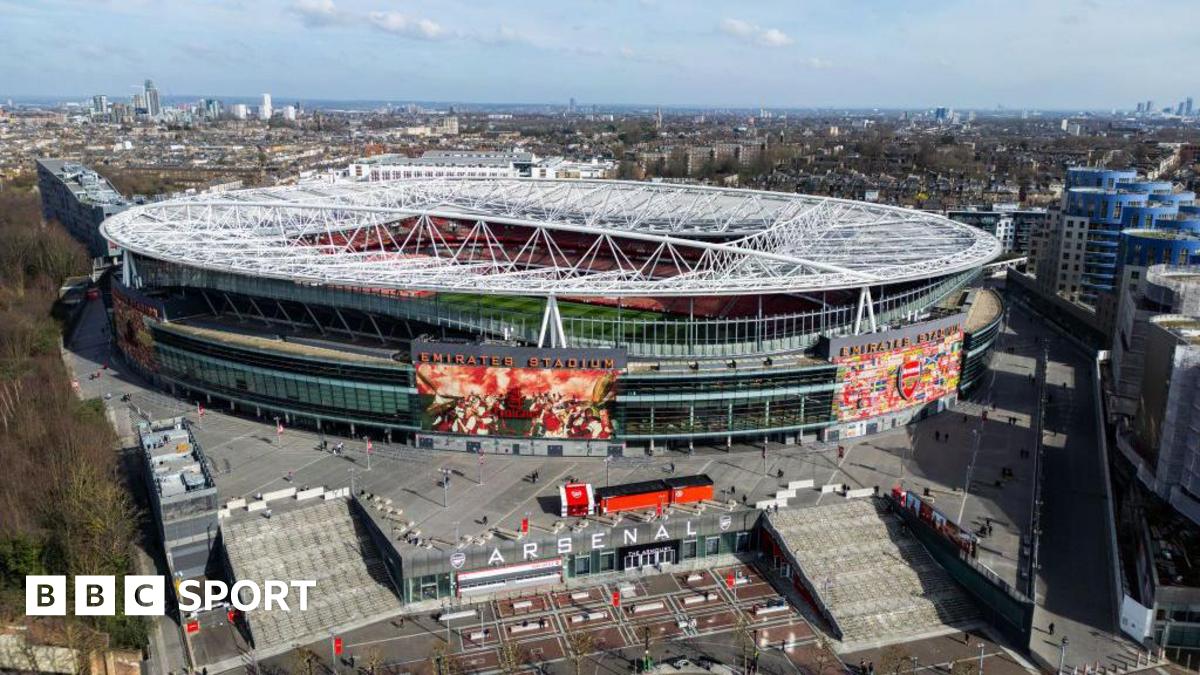It’s off to the races for young wannabe home owners who are now eligible for the federal government’s expanded first home owners guarantee scheme. So naturally, what else will be off to the races? House prices.
Whether we are on a fast track to prosperity or a sure-fire path to embedding housing inequality depends on who is calling the race. And it’s not the only race in town.

WA has experienced the most growth in wages nationwide, mostly from the public sector.Credit: WAtoday
There is another being run between the big banks as they compete for a bigger slice of the mortgage market. This has traditionally been a four-way competition, but is rapidly expanding to a five way contest thanks to Macquarie, which is sprinting ahead of its rivals in growing its market share.
It won’t be long until we will have to rename the big four the big five.
Macquarie’s mortgage loan book was up 22 per cent over the past 12 months and grew at a rate 3.8 times the average of the rest of the banks in August. Its market share in mortgages is now almost half that of ANZ.
Loading
Meanwhile, the government is at great pains to assure everyone who based on Treasury modelling the amped-up first home owners assistance will push prices up by only 0.5 per cent over the next five years.
At the other end of the spectrum experts like the report commissioned by the Insurance Council of Australia are saying the impact of the scheme could push home values up by between 5 and 10 per cent next year alone.
The reality probably lies somewhere between.
It suits the government’s narrative to downplay the effect that expanding the scheme would have increasing demand and therefore property prices. If prices take off it limits the number of first home owners that can participate and could ultimately become counterproductive because users would be priced out of the market or be limited by their ability to pay interest costs.

Prime Minister Anthony Albanese and Minister for Housing Clare O’Neil (right) speaking about the expanded housing scheme with new apartment owner Maria. Credit: Dylan Coker
And modelling of the impact of the scheme is difficult. Just because a borrower can now save up their 5 per cent deposit doesn’t mean they will meet the bank’s loan worthiness criteria.
A report earlier this year by Westpac estimated that the 400,000 borrowers would be technically captured by the combined existing and expanded scheme. But those numbers would be significantly whittled down by loan serviceability constraints.
Adding to that complexity, home prices are already on a run, with figures released by Cotality showing they were up 0.8 per cent in September and 2.2 per cent for the quarter and 4.9 per year to date across the nation.
If the momentum continues house prices look like they could be in for a bumper year, even without the additional demand from eager first home buyers.
Loading
How the Reserve Bank plays into this increased demand is another issue. It left rates on hold this week and slightly hosed down expectations of any further rate cuts this year. Some economists are even speculating that the rate cutting cycle may have finished.
The effects of the rate cuts already made by the RBA are clearly showing up in lending data, with growth in housing credit now running at an annualised rate of around 7 per cent.
The strongest growth is coming from loans to investors that are squeezing into the market to participate in the strength in house prices and rental returns.
All this is playing out against the backdrop of constrained supply of existing stock. Over the four weeks to September 28th, capital city listings tracked about 18 per cent below the previous five-year average, according to the latest Cotality report.
As for adding to the supply of new housing, numbers released on Tuesday showed that total approvals fell 6 per cent in August and the annual growth rate has slowed to a sluggish 3 per cent.
Despite the numerous constraints hitting first home buyers, there is likely to be an initial rush of enthusiasm in the upcoming spring house selling season.
The government has certainly captured the zeitgeist in its understanding of frustrations felt by younger people currently locked out of the great Australian dream.
The Business Briefing newsletter delivers major stories, exclusive coverage and expert opinion. Sign up to get it every weekday morning.
Most Viewed in Business
Loading



